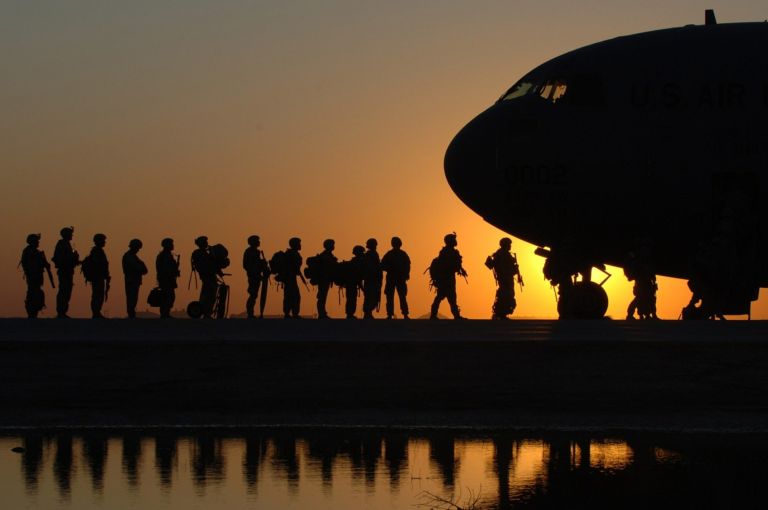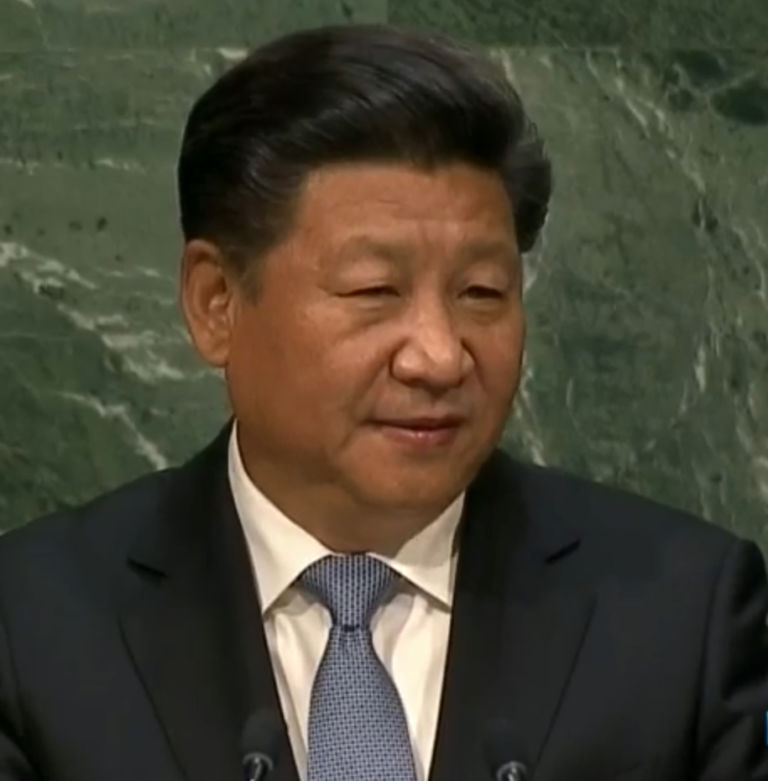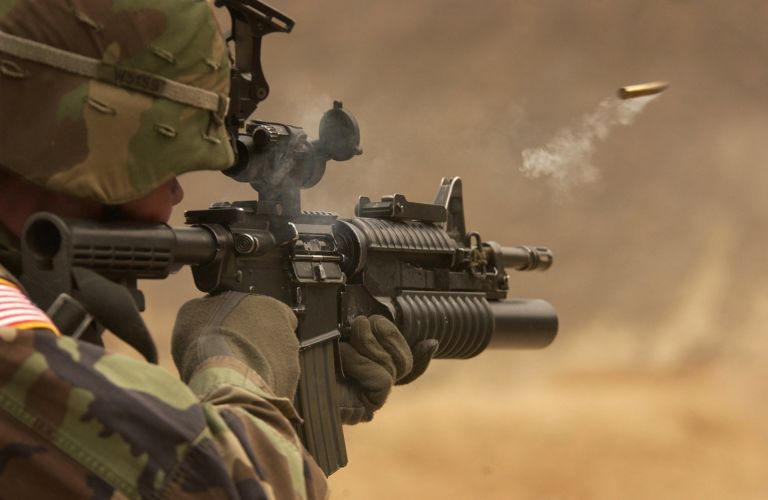Jay Cost of National Review Online explains why we should spend at least a little time thinking about the veterans who helped ensure the United States of America could become a nation in the first place.
The Revolutionary War, while not nearly as deadly as the Civil War, was still vicious. Two percent of American soldiers were killed in combat, a greater percentage than in World War I, World War II, Korea, or Vietnam.
There were other unique hardships during the Revolutionary War. Because the conflict was fought on the North American continent, the civilian population suffered enormously, especially in the South. Both Charleston and Savannah were held under siege, and some of the most brutal battles occurred in North Carolina and Virginia. The turncoat Benedict Arnold raided Richmond in January 1781, which prompted Thomas Jefferson, then the governor, to flee (a decision that haunted his political career thereafter).
Moreover, the country did not have the means to properly equip soldiers, and it certainly lacked a central government capable of carrying out such a task. Supplies were always hard to come by, and pay for soldiers was often not forthcoming. One can see this strikingly in The March to Valley Forge, by William Trego. At first glance, your eye will be drawn to George Washington — undaunted and resolute. But take a closer look at the soldiers. They are limping, wounded, and, worst of all, underdressed.
The failure of the government to take care of its soldiers is a main reason that Washington, Alexander Hamilton, and James Madison were all such staunch nationalists after the war was over. They had seen how incapable the government was and knew that if this experiment in self-government was to endure, a stronger central authority had to be established. The first victims of government incompetence were the soldiers.


